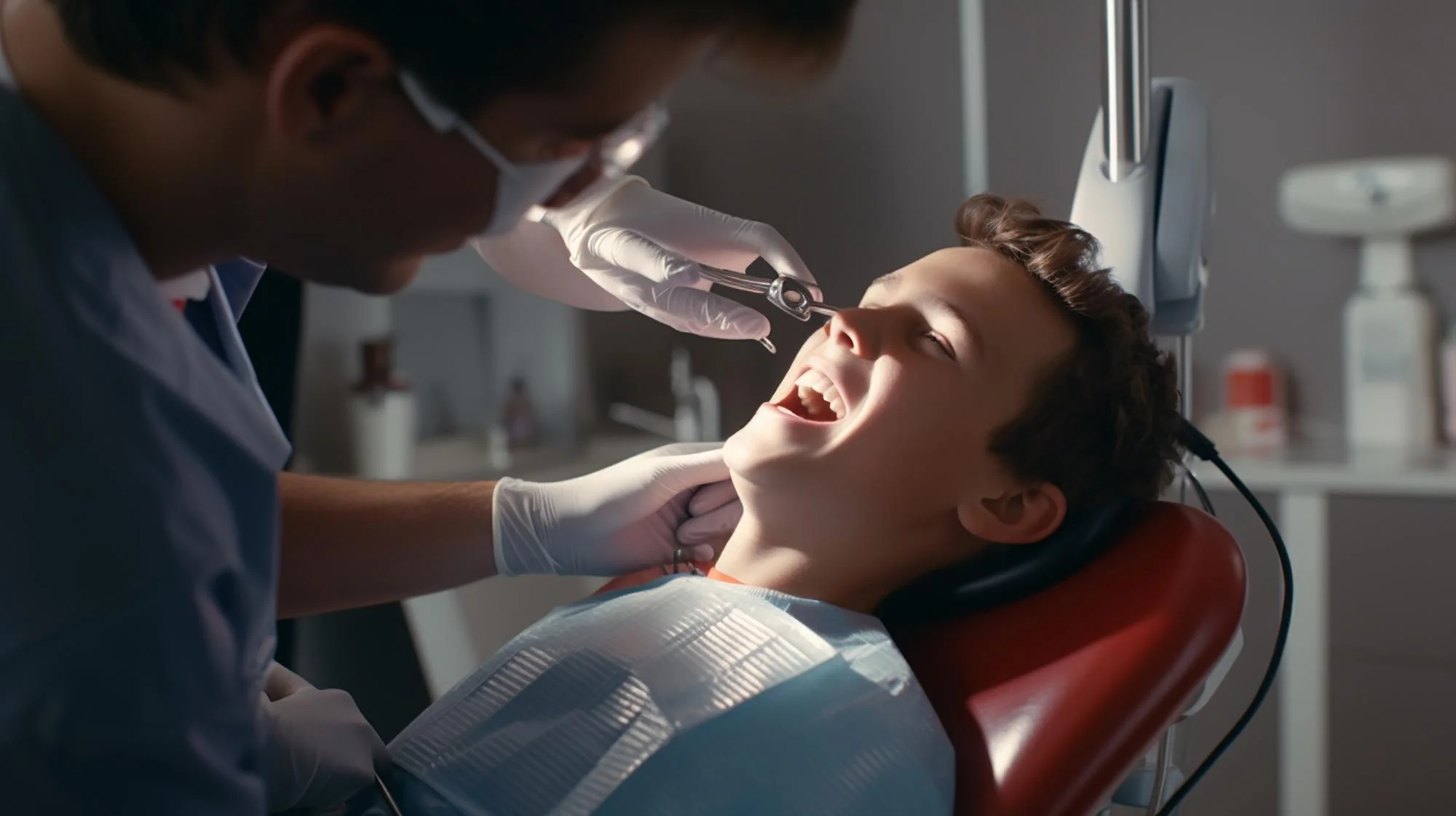In the realm of oral pathology, a groundbreaking study spanning nearly half a century has just been published in the Journal of Stomatology, Oral and Maxillofacial Surgery, shedding new light on the incidence, demographic profile, and treatment protocols for hamartoma, choristoma, and teratomas of the oral cavity. The study, conducted by de Souto Medeiros Maurília Raquel and colleagues from the Federal University of Rio Grande do Norte, Brazil, represents a significant step forward in our understanding of these rare but impactful oral conditions.
Overview of the Study
The researchers embarked on a retrospective cross-sectional journey, meticulously reviewing 16,412 medical records from a referral center in Brazil over an extended period from 1970 to 2019. The primary objective of their research was to elucidate the incidence and demographic characteristics of hamartomatous, choristomatous, and teratoid lesions within the studied population.
Key Findings
According to the study, out of the total medical records examined, 300 cases (1.83%) were diagnosed as hamartomas, with a more significant prevalence found among females and adults. A statistically significant relationship was established between hamartoma occurrence and age group (p < 0.001), indicating potential developmental factors influencing lesion occurrence. The most common form of hamartomatous lesion identified was odontoma.
In contrast, choristomatous and teratoid lesions were far less prevalent, with only 2 cases (0.01%) and 1 case (0.01%) recorded, respectively. Interestingly, no instances of these lesions were observed in males. Choristomas emerged predominantly on the mandible and tongue, while the singular teratoid lesion was located on the floor of the mouth.
The study’s findings highlighted a skewed occurrence profile concerning sex, age group, and anatomic site. The hamartoma was predominantly a jaw-related anomaly, whereas choristomas and teratomas took residence elsewhere within the oral cavity.
Implications for Dental Care
This study emphasizes the relative commonplace nature of hamartomas compared to the other lesions and underscores the need for dental practitioners to be adept at identifying and managing these conditions. While hamartomas are benign, they can cause structural damage and complicate dental treatment.
Even though choristomas and teratomas are rare and generally benign, they too require clinical attention. The researchers advocate for heightened awareness among dental professionals to ensure these conditions do not go unchecked, highlighting that patient safety and comfort depend significantly on the appropriate treatment of even the most uncommon of oral health conditions.
Research Significance
The extensive span of the study, covering 49 years, provides a robust demographic and clinical landscape of these oral lesions. The uniqueness of this work lies in its comprehensive approach and substantial timespan, contributing valuable data to the existing literature and helping refine diagnostic and treatment strategies in dental practice.
Challenges and Future Directions
A crucial aspect delineated by the authors is the rarity of certain conditions such as choristomas and teratomas, which poses challenges in investigating these lesions further. However, with advancements in diagnostic technologies and wider data collection, there is an opportunity to deepen our understanding of these rare lesions.
The authors call for ongoing research efforts, possibly with even broader geographic scope, to gather more comprehensive data and improve treatment outcomes for those affected. Additionally, they recommend enhancing dental education curricula to include nuanced discussions about these conditions to prepare future practitioners.
Ethical Considerations
In compliance with research ethics, the authors have declared no conflicts of interest related to the study, ensuring the independence and objectivity of their findings.
Publication and Accessibility
This landmark study has now been published, with its findings accessible in the Journal of Stomatology, Oral and Maxillofacial Surgery. The study can be referenced using the DOI: 10.1016/j.jormas.2024.101765, and for further information, interested readers can contact the corresponding author, Dr. Éricka Janine Dantas da Silveira, via email.
Keywords
1. Oral Hamartomas Incidence
2. Choristomas Oral Cavity
3. Oral Teratomas Treatment
4. Odontoma Epidemiology
5. Oral Pathology Study Brazil
References
1. de Souto Medeiros Maurília Raquel, et al. “Hamartomas, choristomas, and teratomas of the oral cavity: A 49-years cross-sectional study in an oral diagnostic service.” Journal of Stomatology, Oral and Maxillofacial Surgery (2024): 101765.
2. Gnepp DR. “Diagnostic Surgical Pathology of the Head and Neck.” Elsevier Health Sciences, 2009.
3. Neville BW, et al. “Oral and Maxillofacial Pathology.” Elsevier Health Sciences, 2015.
4. Regezi JA, et al. “Oral Pathology: Clinical Pathologic Correlations.” Elsevier Health Sciences, 2016.
5. Sciubba JJ, et al. “Oral Pathology.” Elsevier Health Sciences, 2017.
The provided data unveil new dimensions in the field of oral pathology, promising enhanced care for individuals with these rare lesions, and guiding a new era of informed dental practice and oral health maintenance.
